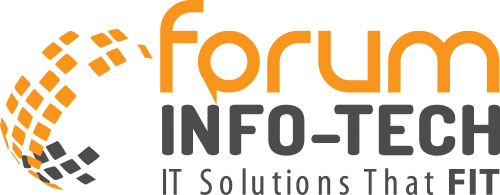Imagine a world where sensitive business information is safeguarded with the same intensity and sophistication as a state secret. This is not a scene from the latest espionage thriller, but rather, a reality that modern businesses must strive to create with the help of robust identity and access management (IAM) strategies.
At a time when data breaches are becoming increasingly common, adopting IAM best practices is not an option but a necessity for organizations of all sizes. In this article, we will explore 10 of the top identity and access management best practices that can fortify your business against unauthorized access and potential cyber threats.
What Is Identity and Access Management (IAM)?
Identity and Access Management (IAM) is a framework that enables businesses to control who has access to their digital resources, what those users can do with their access, and under what circumstances.
It involves managing and securing digital identities, defining access levels, and ensuring compliance with security policies. IAM aims to provide the right people with the right access at the right time.
How Does IAM Impact Your Business?
IAM has a significant impact on business operations, security, and compliance. Here’s why identity and access management should be a priority for your IT team:
- Data Protection: Your business handles sensitive legal information and client data. IAM ensures that only authorized personnel can access this data, reducing the risk of data breaches.
- Compliance: Legal regulations often require strict control over who can access certain types of data. IAM helps your business meet compliance requirements so you don’t have to worry about fines or setbacks.
- Efficiency: IAM streamlines user management processes and ensures quick provisioning and de-provisioning of user access.
- Risk Mitigation: Implementing IAM reduces the risk of insider threats and unauthorized access, thereby safeguarding critical information.
Now, let’s delve into the ten identity and access management best practices that can help your business enhance security and operational efficiency.
10 Identity and Access Management Best Practices
1. Comprehensive User Authentication
Implement multi-factor authentication (MFA) to ensure that users provide more than one form of verification before gaining access. This significantly enhances security and is a fundamental element of IAM.
2. Role-Based and Attribute-Based Access Control
Assign permissions based on job roles and attributes. You can make sure that only authorized personnel can access secure data and documents. Regularly review and adjust permissions as job roles change.
3. Regular Access Reviews
Conduct regular access reviews to verify that users still require the same level of access they were initially granted. This reduces the risk of over-privileged accounts.
4. Least Privilege Principle
Grant users the minimum level of access necessary for their job roles. This principle limits potential damage caused by compromised accounts.
5. Strong Password Policies
Enforce strong password policies, including complexity requirements and periodic password changes. Educate users on password security to prevent weak links in your security chain.
6. Single Sign-On (SSO)
Implement SSO to allow users to access multiple applications with a single set of credentials. This not only simplifies access but also enhances security by reducing the need for multiple passwords.
7. Continuous Monitoring
Implement continuous monitoring systems to track user activities and detect suspicious behavior in real-time. This allows for immediate action in case of security breaches.
8. Data Encryption
Encrypt sensitive data at rest and in transit. This protects against unauthorized access and ensures confidentiality.
9. Secure Authentication Protocols
Use modern, secure authentication protocols to protect user credentials. Outdated protocols can be vulnerable to attacks.
10. Adopt a Zero Trust Approach to Security
Trust no one and verify everything. Zero trust assumes that threats may come from inside or outside the network, requiring continuous verification of users, devices, and applications.
Need Help Applying These Security Measures?
IAM is a cornerstone of cybersecurity for businesses, especially businesses like law firms and healthcare that handle sensitive legal data. Walk through these identity and access management best practices with your team and decide which would be the most effective for your business.
If your IT team doesn’t have the bandwidth or, like many small businesses, you don’t have an IT team, Forum Info-Tech can help. Schedule a free consultation to see how we can help keep your business safe.

